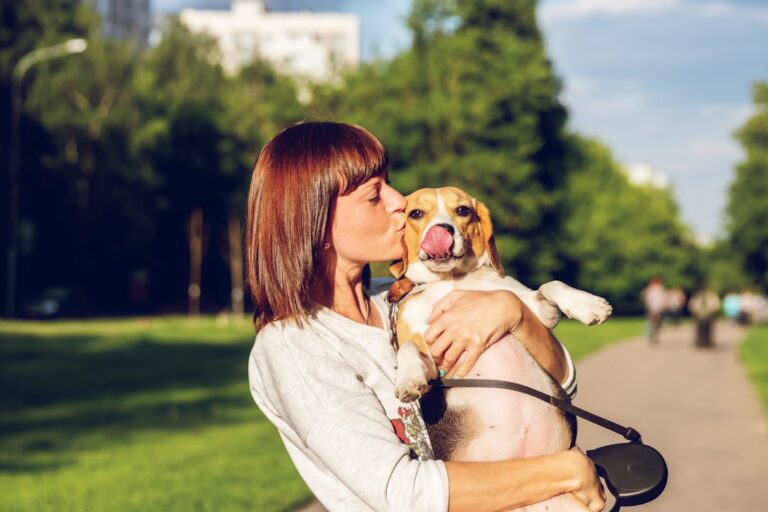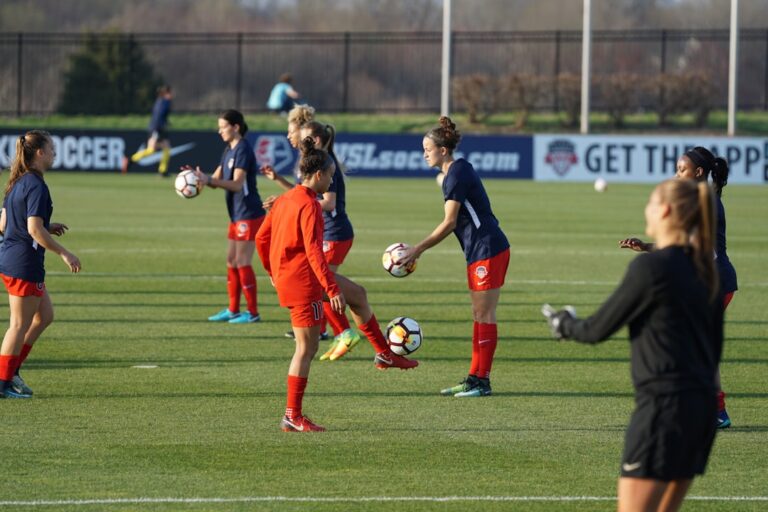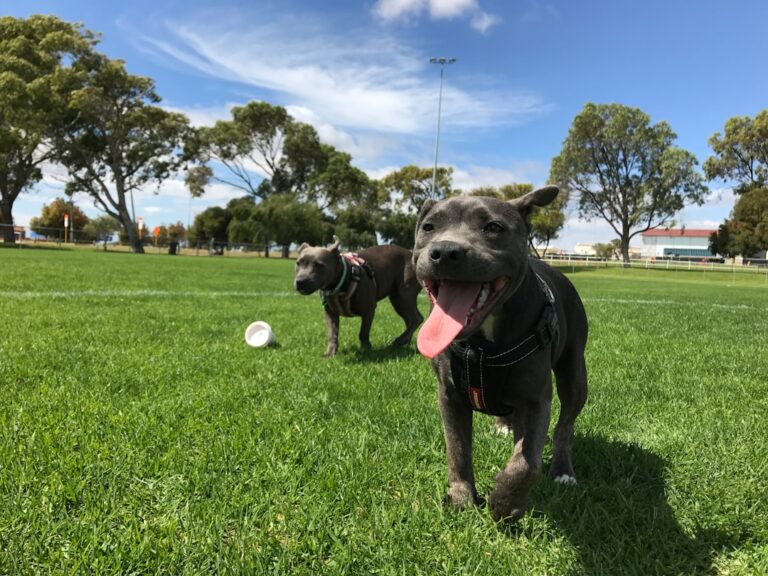Puppies are bundles of energy and curiosity, and their behavior can often be perplexing to new pet owners. Understanding the underlying motivations behind a puppy’s actions is crucial for effective training and fostering a healthy relationship. Puppies are naturally inclined to explore their environment, which is a fundamental aspect of their development.
This exploration is driven by their instinctual need to learn about the world around them. For instance, a puppy may chew on furniture or shoes not out of malice but rather as a way to investigate textures and tastes. Recognizing this behavior as a natural part of their growth can help owners respond more appropriately rather than react with frustration.
Moreover, puppies communicate through a variety of behaviors, including barking, whining, and body language. A puppy that barks excessively may be trying to express excitement, fear, or a need for attention. Understanding these signals is essential for addressing their needs effectively.
For example, if a puppy is whining while in a crate, it may be signaling discomfort or a need to relieve itself rather than simply seeking attention. By observing and interpreting these behaviors accurately, owners can create an environment that meets their puppy’s emotional and physical needs, ultimately leading to a well-adjusted adult dog.
Key Takeaways
- Understanding puppy behavior is crucial for effective training and care.
- Establishing a routine helps puppies feel secure and understand expectations.
- Positive reinforcement training is the most effective method for teaching puppies.
- Socialization and exposure to new experiences are essential for a well-adjusted adult dog.
- Addressing unwanted behaviors requires patience, consistency, and positive reinforcement.
- Consistency and patience are key to successful puppy training and behavior modification.
- Regular exercise and mental stimulation are important for a puppy’s physical and mental well-being.
- Seeking professional help is important if you are struggling with training or behavior issues.
Establishing a Routine
Feeding and Potty Schedules
Feeding the puppy at the same time helps regulate their digestion and reinforces the idea that certain activities occur at specific times. This predictability can be particularly comforting for young dogs adjusting to their new home. In addition to feeding and potty schedules, incorporating regular exercise into the routine is vital for a puppy’s physical and mental well-being.
Channeling Energy Positively
Puppies have boundless energy, and without an outlet for that energy, they may resort to destructive behaviors. A daily routine that includes walks, playtime in the yard, or interactive games can help channel that energy positively.
Bedtime Routine
Establishing a bedtime routine can signal to the puppy that it is time to wind down. This might include quiet time in their crate or a designated sleeping area, which can help them learn to settle down and relax at night.
Positive Reinforcement Training

Positive reinforcement training is an effective method for teaching puppies desired behaviors while building trust between the dog and owner. This approach involves rewarding the puppy for good behavior rather than punishing them for undesirable actions. Rewards can come in various forms, including treats, praise, or playtime.
For example, when a puppy sits on command, immediately offering a treat reinforces that behavior and encourages them to repeat it in the future. This method not only helps in training but also fosters a positive relationship based on mutual respect and understanding. One of the key aspects of positive reinforcement is timing.
The reward must be given immediately after the desired behavior occurs to create a clear association in the puppy’s mind. If there is too much delay between the action and the reward, the puppy may not connect the two effectively. Additionally, varying the types of rewards can keep training sessions engaging for the puppy.
Some days, high-value treats may be used for more challenging commands, while other days may involve simple praise or playtime for easier tasks. This variability keeps the training process dynamic and enjoyable for both the puppy and the owner.
Socialization and Exposure
| Metrics | Value |
|---|---|
| Number of social media followers | 10,000 |
| Number of networking events attended | 15 |
| Number of press mentions | 20 |
| Number of collaborations with other businesses | 5 |
Socialization is a critical component of a puppy’s development that lays the foundation for their behavior as an adult dog. Exposing puppies to various environments, people, animals, and experiences during their formative weeks helps them develop confidence and adaptability. Early socialization can prevent behavioral issues such as fearfulness or aggression later in life.
For instance, introducing a puppy to different types of people—children, elderly individuals, and individuals wearing hats or sunglasses—can help them become comfortable with diverse social situations. Moreover, controlled exposure to other dogs is essential for teaching puppies proper canine etiquette. Puppy classes or playgroups provide an excellent opportunity for socialization in a safe environment where they can learn how to interact appropriately with their peers.
During these interactions, puppies learn important skills such as bite inhibition and body language interpretation. For example, if a puppy plays too roughly with another dog and receives a correction from that dog, they learn to adjust their behavior accordingly. This social learning is invaluable in helping them navigate future encounters with other dogs.
Addressing Unwanted Behaviors
Unwanted behaviors in puppies can range from excessive barking to chewing on furniture or jumping on people. Addressing these behaviors requires understanding their root causes and implementing appropriate strategies to modify them. For instance, if a puppy barks excessively when left alone, it may be experiencing separation anxiety rather than simply seeking attention.
In such cases, gradually acclimating the puppy to being alone for short periods can help them build confidence and reduce anxiety over time. Redirecting unwanted behaviors is another effective strategy. If a puppy is chewing on furniture, providing appropriate chew toys can satisfy their need to gnaw while preserving household items.
When redirecting behavior, it’s essential to catch the puppy in the act of doing something undesirable and immediately guide them toward an acceptable alternative. For example, if you catch your puppy chewing on your shoe, gently take it away and offer them a chew toy instead while praising them for choosing the right item. This approach not only discourages unwanted behavior but also reinforces positive choices.
Consistency and Patience

Consistency is paramount when training puppies; it ensures that they understand what is expected of them and helps reinforce learned behaviors. All family members should be on the same page regarding commands and rules to avoid confusing the puppy. For instance, if one person allows the puppy on the couch while another does not, it creates mixed signals that can lead to behavioral issues.
Establishing clear boundaries and consistently enforcing them helps puppies learn more effectively. Patience is equally important in the training process. Puppies are still learning about their environment and themselves; they will make mistakes along the way.
It’s crucial for owners to remain calm and composed during these moments rather than resorting to frustration or punishment. Training should be viewed as an ongoing journey rather than a destination; progress may be slow at times but celebrating small victories can keep both the owner and puppy motivated. For example, if a puppy learns to sit on command after several attempts over days or weeks, acknowledging that achievement reinforces their effort and encourages further learning.
Exercise and Mental Stimulation
Physical exercise is essential for a puppy’s health and well-being; it helps burn off excess energy that could otherwise lead to destructive behaviors. Regular walks, play sessions in the yard, or trips to dog parks provide opportunities for physical activity that are crucial for their development. Puppies require different amounts of exercise depending on their breed and age; generally speaking, most puppies benefit from at least 30 minutes of exercise each day broken into multiple sessions.
In addition to physical exercise, mental stimulation is equally important for keeping puppies engaged and preventing boredom-related issues. Interactive toys that challenge their problem-solving skills or puzzle feeders that require them to work for their food can provide valuable mental workouts. Training sessions themselves also serve as excellent mental stimulation; teaching new commands or tricks keeps their minds active while strengthening the bond between owner and pet.
Engaging in activities like scent work or agility training can further enhance mental stimulation while providing an outlet for their natural instincts.
Seeking Professional Help
While many aspects of puppy training can be managed by dedicated owners, there are times when seeking professional help becomes necessary. Professional dog trainers or behaviorists can offer valuable insights into specific behavioral issues that may be challenging to address independently. For instance, if a puppy exhibits signs of aggression towards other dogs or people, consulting with an experienced trainer can provide tailored strategies for managing those behaviors safely.
Additionally, enrolling in puppy classes led by certified trainers can provide structured learning environments where both puppies and owners benefit from expert guidance. These classes often cover essential skills such as basic obedience commands, socialization techniques, and proper leash handling—all crucial elements in raising a well-mannered dog. Furthermore, trainers can offer support in developing individualized training plans that cater to specific needs or challenges faced by both the puppy and owner.
In conclusion, understanding puppy behavior is fundamental in establishing routines that promote positive reinforcement training while ensuring proper socialization and exposure to various stimuli. Addressing unwanted behaviors with consistency and patience allows owners to foster healthy habits while providing adequate exercise and mental stimulation. When necessary, seeking professional help can further enhance the training experience and ensure that both puppies and owners thrive together in harmony.











